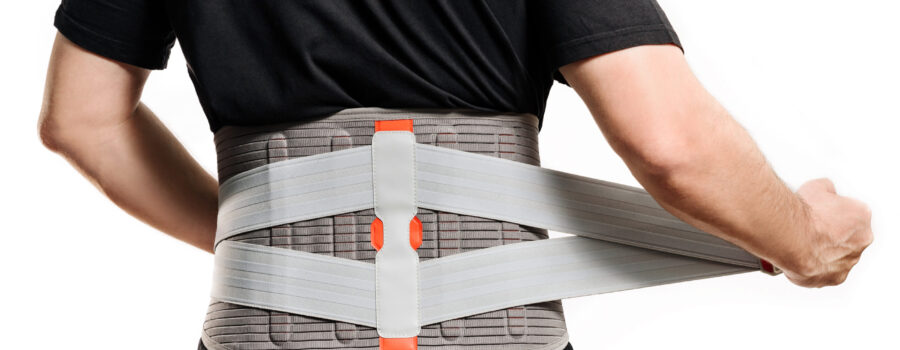6 Things to Consider When Looking for a Back Brace
Back braces are commonly worn supports to reduce pain and enhance posture. There are several reasons someone would wear a back brace, including treating medical issues like scoliosis or avoiding accidents at work. However, you should only wear a back brace if a doctor advises it.
How to Choose a Suitable Back Brace
When it comes to choosing the right back brace, there are many factors to consider. Here are a few of them:
Size and Fit of A Back Brace
Most off-the-shelf back braces are universally sized and have hook and eye locks or flexible belt wings to guarantee a tight fit. Others are made specifically for a person’s body. It’s important to choose a back brace that’s the right size for you. It won’t be effective if it’s too big, and if it’s too small, it will be uncomfortable. Make sure to measure your waist before you buy a back brace.
Back Brace Shape
Back braces come in different shapes and sizes. Some are designed to support the lower back, while others are meant for the upper back. Some braces wrap around the entire torso. Choose a shape that best fits your needs.
Adjustable Back Brace
Adjustability is also key, as you need to be able to adjust the fit of the brace to ensure maximum comfort and support. You’ll want to make sure you can adjust the back brace to get a custom fit. Look for one with adjustable straps or Velcro closure. This will allow you to get the perfect fit, regardless of your body size.
Level of Support
There are many types of back braces available on the market. They can be rigid, semi-rigid, or flexible. Rigid back braces support those suffering from disorders that cause mild to severe discomfort and instability, such as fractures or other traumatic injuries.
Flexible braces have a softer material that provides pressure while limiting excessive movement. As a result, they are far more flexible and free-moving than rigid ones. A semi-rigid brace combines the best of both types. It’s a flexible brace that is surrounded by hard panels.
Back Brace Material
Different materials offer different levels of support and breathability, so it’s important to choose a material that will be comfortable to wear for extended periods. Various materials are available, from neoprene to metal, and each has its benefits. Neoprene is lightweight and comfortable, while metal is more durable and supportive.
Hard braces can be made of metal, leather, or plastic that can be molded, while flexible braces are frequently made of cotton, canvas, or neoprene.
You’ll want something breathable and flexible, so you don’t sweat nor have restrictions while moving about. You also want to make sure it’s comfortable to wear, so look for something with padded straps.
Durability and Maintenance
Durability is important because you want a back brace that will last long enough to provide support and relief, but it is also important to consider how easy the product is to maintain. Some options require special care or cleaning, which can be time-consuming and inconvenient.
However, other products are made from materials that are easy to clean and require little maintenance. Back braces that can be machine-washed are simpler to maintain. Braces with Velcro may deteriorate more quickly, while stretchy ones may stretch out with continued use.
Final Thoughts
Back braces and posture correctors, especially those that offer support and spinal stability, may be useful to treat musculoskeletal pain, especially in the lower back region. However, specialists believe back braces should normally only be worn in certain circumstances, such as after major surgery or trauma recovery. If you require extra support and padding for your back, consult with a medical professional. That way, you’ll ensure that the back brace you’re purchasing is the best option for you.
For more information on types of back braces and what might be best for you checkout: Best Back Brace For Lower Back Pain

